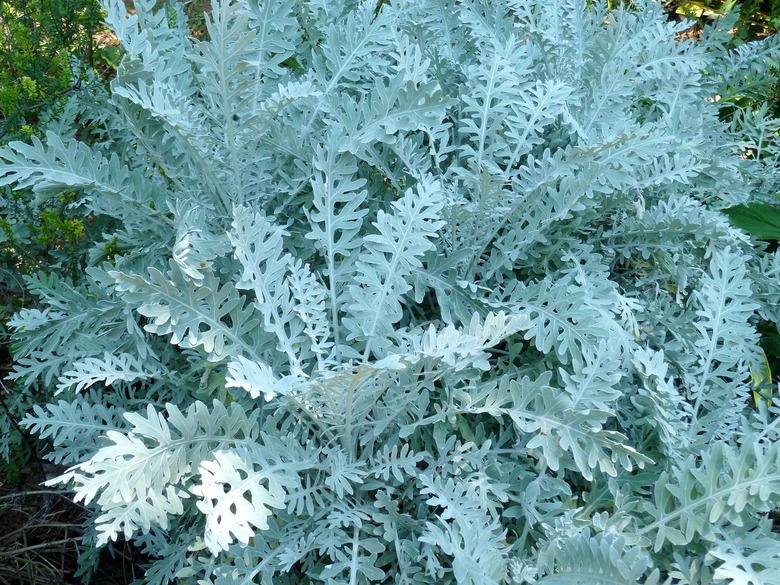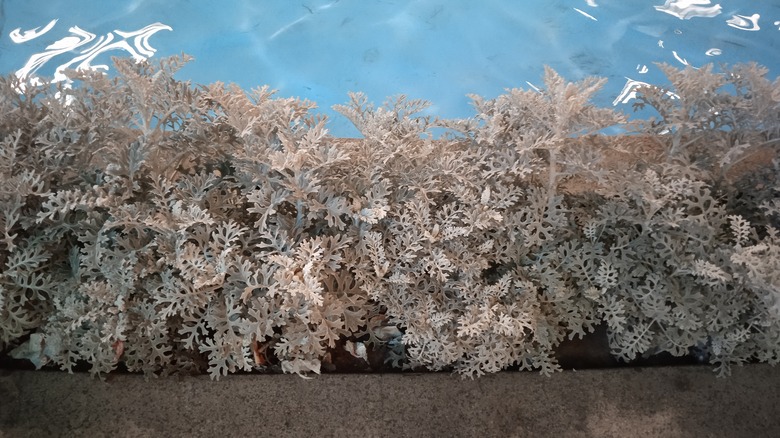Information On Dusty Miller Plants
Dusty miller (Centaurea cineraria) is a subshrub — a dwarf shrub with a woody base — in the Asteraceae family. It is grown for its silver foliage. Previous scientific names of this plant include Jacobaea maritima and Senecio cineraria. This species is native to regions around the Mediterranean.
Dusty miller plants are tender perennials in USDA plant hardiness zones 8 to 10. They are low-maintenance perennials but are often grown as annuals.
Dusty Miller Plant Identification
The leaves of the dusty miller plant are green. However, they are covered in fine hairs that make the leaves appear silver or gray and resemble felt. As a perennial, dusty miller height is usually under 2 feet, with a width of about 1 foot. When grown as an annual, this plant tends to have a maximum height of about 15 inches.
Dusty miller plants have simple but dissected leaves. How finely dissected the leaves are depends on the cultivar.
Tip
The silvery-gray leaves of dusty miller plants are dissected. Some cultivars have more finely dissected leaves than others.
Dusty miller plants usually flower in their second year. Dusty miller flowers have a daisy-like appearance, are small and are either cream-colored or yellow.
However, they are often seen as detracting from the plant's appearance and are therefore removed to allow the plants to put their energy into producing foliage. Some cultivars produce no flowers.
Growing Dusty Miller
While you can find dusty miller starter plants at nurseries, you can also grow this plant from seed. It is generally a good idea to start dusty miller seeds indoors at least 10 weeks before the last frost date. Once the threat of frost has passed, you can transplant them into the garden.
Dusty miller can be grown in full sun or part shade. However, growing these plants in full sun rather than partial shade produces better foliage color and prevents the plants from becoming leggy. These foliage plants are drought tolerant and also need well-draining soil.
Tip
The silvery color of dusty miller plants is most pronounced when they are grown in full sun.
Dusty miller can be grown in poor soils, though they fare better in soils that contain organic matter. Another advantage of these plants is that they are deer resistant and not prone to many pest infestations.
If you live in a climate where dusty miller is winter hardy, the leaves will die back down to the ground in the fall. At this time, you should prune the plants to remove the dead plants. New foliage emerges in the spring.
Landscaping With Dusty Miller
Because of the unusual color and texture of their leaves, dusty miller plants pair well with species that produce dark flowers or dark foliage to produce a striking contrast. Plants with pink or purple flowers go especially well with dusty miller.
This plant can be used as edging as well as in borders or mass plantings. Dusty miller plants also work well when they are grown in containers. These are also excellent plants for nighttime interest since the foliage is said to reflect the moonlight.

